Jaipur
The Pink City’s Legacy: A Deep Dive into Jaipur’s Royal History
Jaipur, globally renowned as the “Pink City,” is a captivating blend of majestic forts, opulent palaces, vibrant bazaars, and meticulously planned urban spaces. It stands as a testament to the vision of its founder, Maharaja Sawai Jai Singh II, and offers a unique insight into Rajput architectural brilliance and administrative foresight.
The Visionary Founder: Maharaja Sawai Jai Singh II and the Birth of Jaipur (18th Century)
Unlike many ancient Indian cities that grew organically, Jaipur was a meticulously planned city, a marvel of its time. Its story begins with Maharaja Sawai Jai Singh II (ruled 1699-1743 AD) of the Kachwaha Rajput clan, the then-ruler of Amer (Amber), a hill fort town near present-day Jaipur.
As the population of Amer grew and water resources became strained, Jai Singh II envisioned a new capital city that would be modern, spacious, and scientifically designed. He laid the foundation stone of Jaipur in 1727 AD. What set Jaipur apart was its adherence to the principles of Vastu Shastra (ancient Indian architectural science) and Shilpa Shastra (traditional Hindu canons of art and architecture).
Jai Singh II commissioned Vidyadhar Bhattacharya, a Bengali Brahmin scholar and architect, to design the city. The city was laid out in a grid plan with broad avenues, a unique feature for Indian cities of that era. The decision to paint the city a uniform terracotta pink (or Jaipur pink) came much later, in 1876, to welcome Prince Albert and Queen Victoria, solidifying its iconic “Pink City” identity.
The Golden Era: Expansion, Art, and Patronage (18th – 19th Centuries)
Under Jai Singh II and his successors, Jaipur flourished as a center of commerce, art, and learning.
-
Architectural Masterpieces: Jai Singh II’s passion for astronomy led to the construction of the Jantar Mantar, an impressive astronomical observatory with massive instruments, recognized as a UNESCO World Heritage Site. He also built the City Palace, a sprawling complex that housed the royal family and various administrative buildings, blending Rajput, Mughal, and European architectural styles.
-
Patronage of Arts and Crafts: The rulers of Jaipur were great patrons of arts. The city became a hub for exquisite craftsmanship, particularly in jewelry (precious stones and Kundan work), textiles (bandhani, block printing), pottery (blue pottery), and miniature paintings. This tradition continues to thrive today in its bustling markets.
-
Later Additions: Subsequent rulers added to Jaipur’s grandeur. The iconic Hawa Mahal (Palace of Winds), with its distinctive beehive-like facade, was built by Maharaja Sawai Pratap Singh in 1799, allowing royal ladies to observe street festivities unseen.
The British Era and Modern Development (19th – 20th Centuries)
In 1818, Jaipur entered into a subsidiary alliance with the British East India Company, becoming a princely state under the British Raj. This period brought administrative reforms and infrastructure development.
-
The “Pink City” Transformation: As mentioned, the city gained its distinctive pink hue in 1876 during the reign of Maharaja Sawai Ram Singh II, to welcome the Prince of Wales (later King Edward VII). This tradition was maintained, and today it remains a defining characteristic.
-
Urban Expansion and Infrastructure: The late 19th and early 20th centuries saw further urban expansion, including the development of modern roads, railways, and public institutions, transforming Jaipur into a more contemporary city while preserving its historical core.
Independence and Beyond (Post-1947)
Upon India’s independence in 1947, the princely state of Jaipur acceded to the Indian Union, eventually becoming the capital of the state of Rajasthan. The royal family continues to be respected, maintaining a strong connection to their heritage and engaging in various cultural and social initiatives.
Today, Jaipur is a bustling metropolis that seamlessly blends its glorious past with modern vibrancy. It remains a magnet for tourists, drawn by its magnificent architecture, rich cultural heritage, and lively markets. The city’s planned layout, its iconic pink hue, and its artistic legacy stand as a testament to the vision of its founders and the enduring spirit of Rajasthan.
- Destination Jaipur
- How to Reach Airport / Railway Station / Bus Stand
- Included Food Hotel Stay
- Not Included Monumental Charges
Tour Plan
Forts & Palace
City & Gardens
Culture, Arts & Local Experiences
Tour Location
Location info
Reaching Jaipur: Your Gateway to the Pink City Jaipur, the magnificent "Pink City" and the capital of Rajasthan, is exceptionally well-connected to India's major metropolitan centers. Planning your journey is straightforward, and Aadesh Venture can assist with comfortable and reliable taxi services for local transfers and tours upon your arrival.
How to Reach Jaipur from Metro Cities: 1. From Delhi (National Capital Region):
Distance: Approximately 270-300 km. Transport Mediums: By Road: This is a very popular and convenient option. The drive takes around 4-5 hours via the smooth NH48 expressway. You can hire a private taxi from Aadesh Venture for a comfortable journey, or opt for a bus. By Train: Numerous direct trains connect Delhi to Jaipur, including comfortable Shatabdi and overnight options. Journey time varies from 4 to 6 hours depending on the train. By Flight: Short direct flights are available from Delhi's Indira Gandhi International Airport (DEL) to Jaipur International Airport (JAI), taking around 45-60 minutes. 2. From Mumbai (Financial Capital):
Distance: Approximately 1150-1200 km. Transport Mediums: By Flight: The most efficient way. Direct flights from Mumbai's Chhatrapati Shivaji Maharaj International Airport (BOM) to Jaipur Airport (JAI) are frequently available. Flight duration is typically around 1 hour 45 minutes to 2 hours. By Train: Several direct trains connect Mumbai to Jaipur. This is a popular overnight option, with journey times ranging from 18 to 22 hours. By Road: A very long drive, generally not recommended for direct travel. It would take approximately 20-24 hours by private taxi. 3. From Kolkata (Cultural Capital):
Distance: Approximately 1500-1600 km. Transport Mediums: By Flight: The most practical option. Direct flights from Kolkata's Netaji Subhas Chandra Bose International Airport (CCU) to Jaipur Airport (JAI) are available, often with a stopover in Delhi or Mumbai. Flight duration is usually 2.5-3 hours for direct flights, longer with stops. By Train: Direct train connections are available but involve a long journey, typically 25-30 hours or more. By Road: A very long and arduous drive, generally not recommended. 4. From Bengaluru (IT Hub):
Distance: Approximately 1900-2000 km. Transport Mediums: By Flight: The most practical option. Direct flights from Bengaluru's Kempegowda International Airport (BLR) to Jaipur Airport (JAI) are available. Flight duration is typically around 2 hours 30 minutes to 3 hours. By Train: Long-distance train options are available, but they involve significant journey times, often exceeding 35-40 hours, and may require changes. By Road: An extremely long drive, not advisable for direct travel. Upon Arrival in Jaipur:
Once you arrive at Jaipur International Airport (JAI) or Jaipur Junction Railway Station, Aadesh Venture's reliable taxi services with experienced local drivers are ready to pick you up. Enjoy a hassle-free transfer directly to your hotel or begin your exciting sightseeing tour of the Pink City.
Contact Aadesh Venture to arrange your comfortable transfers and local tours in Jaipur!

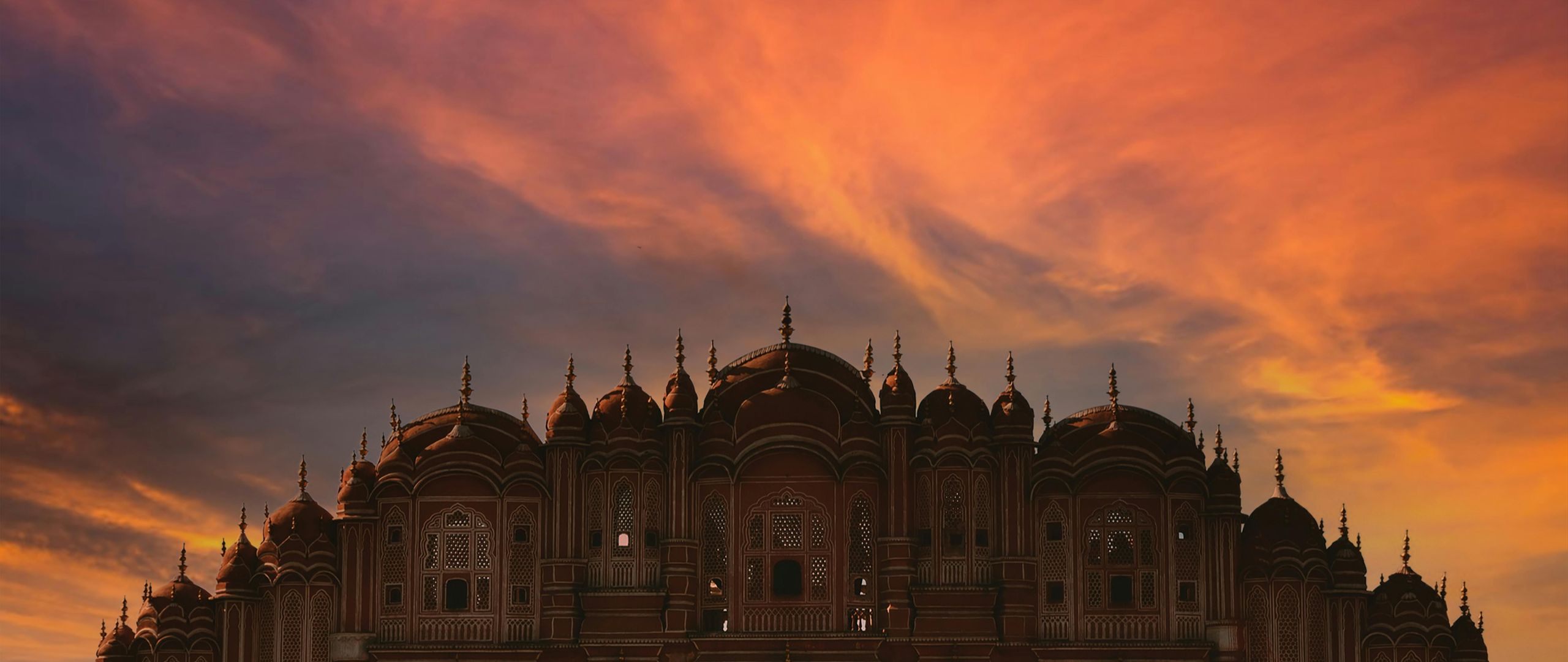
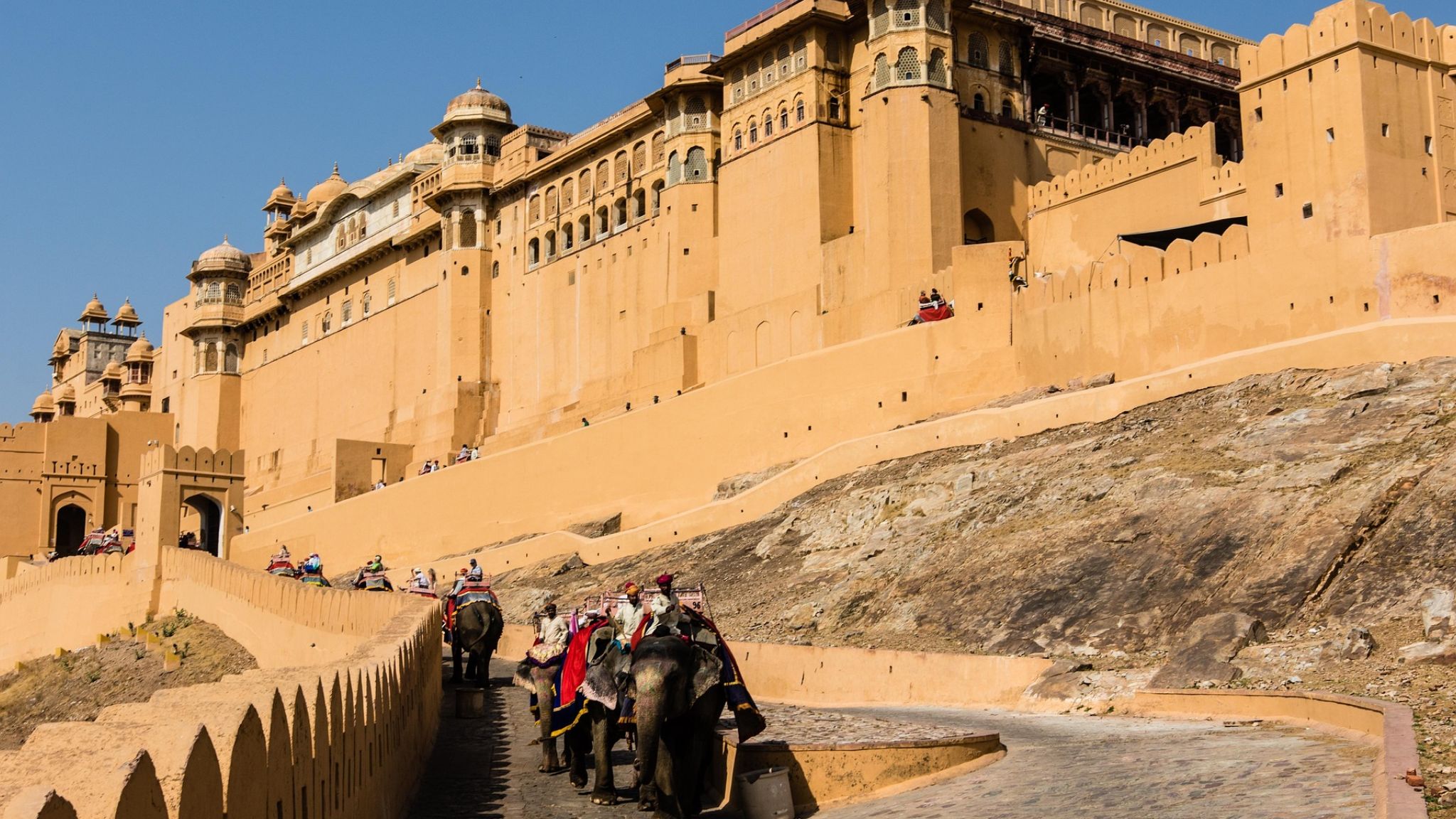
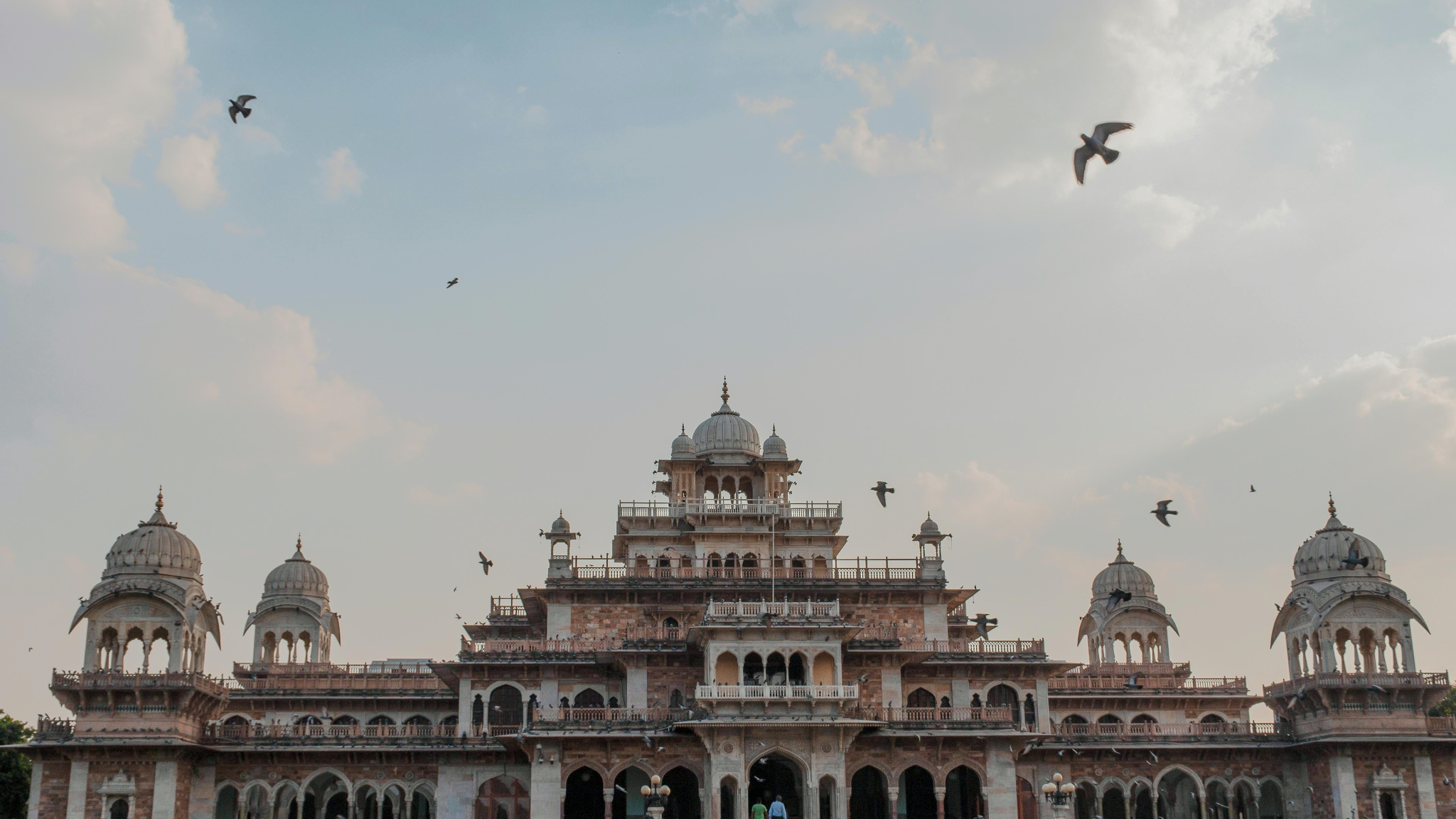

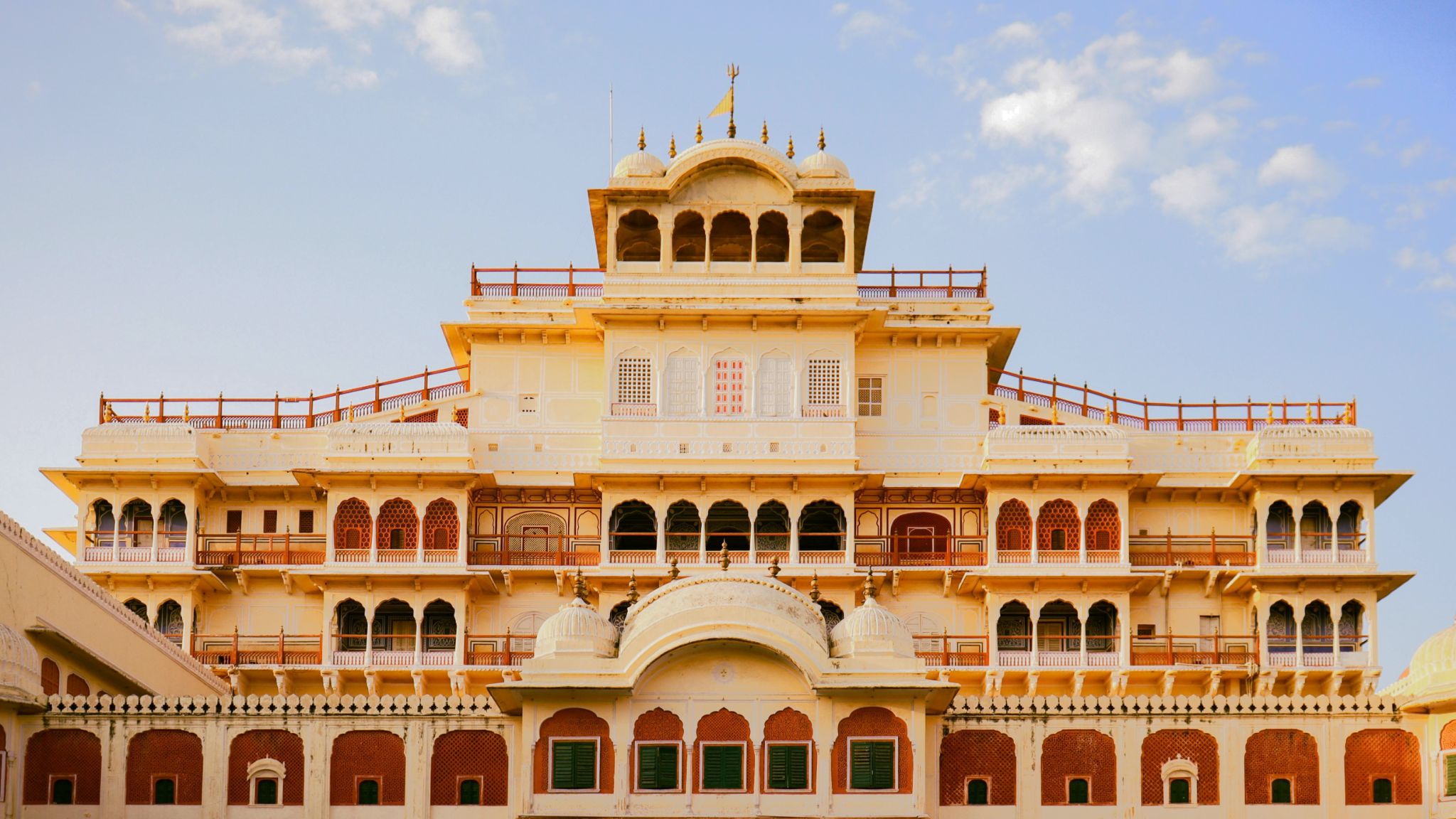
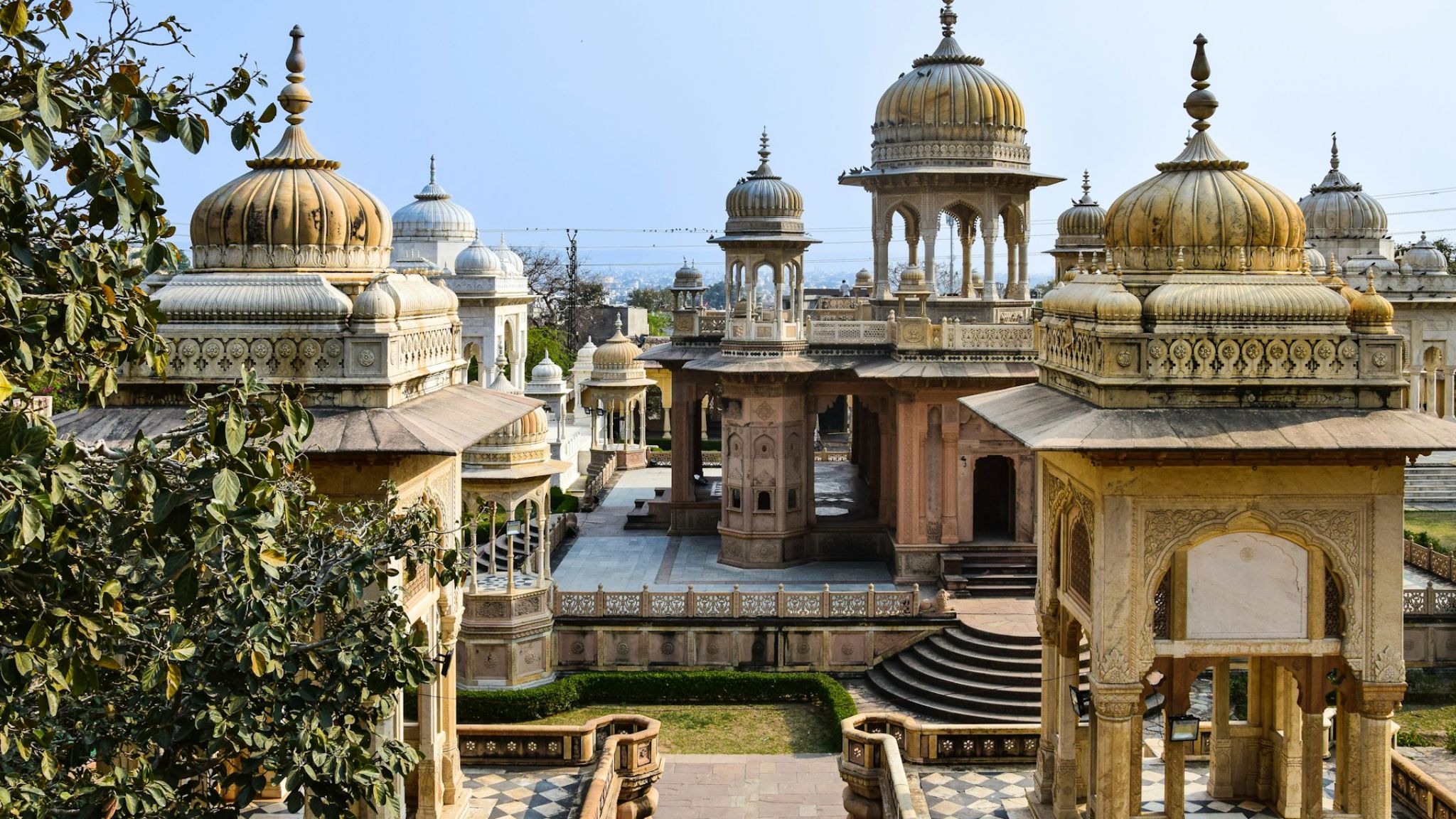
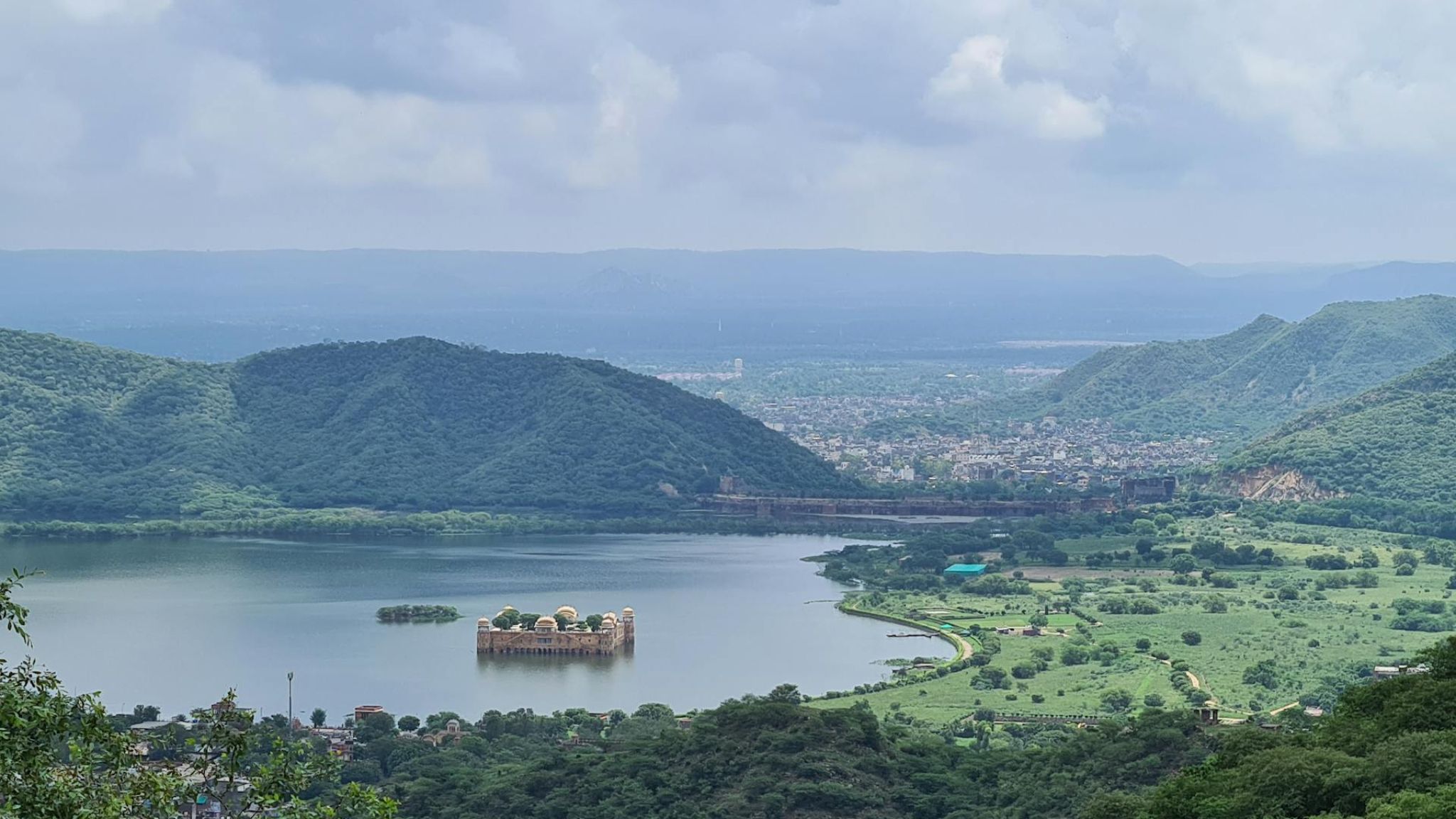
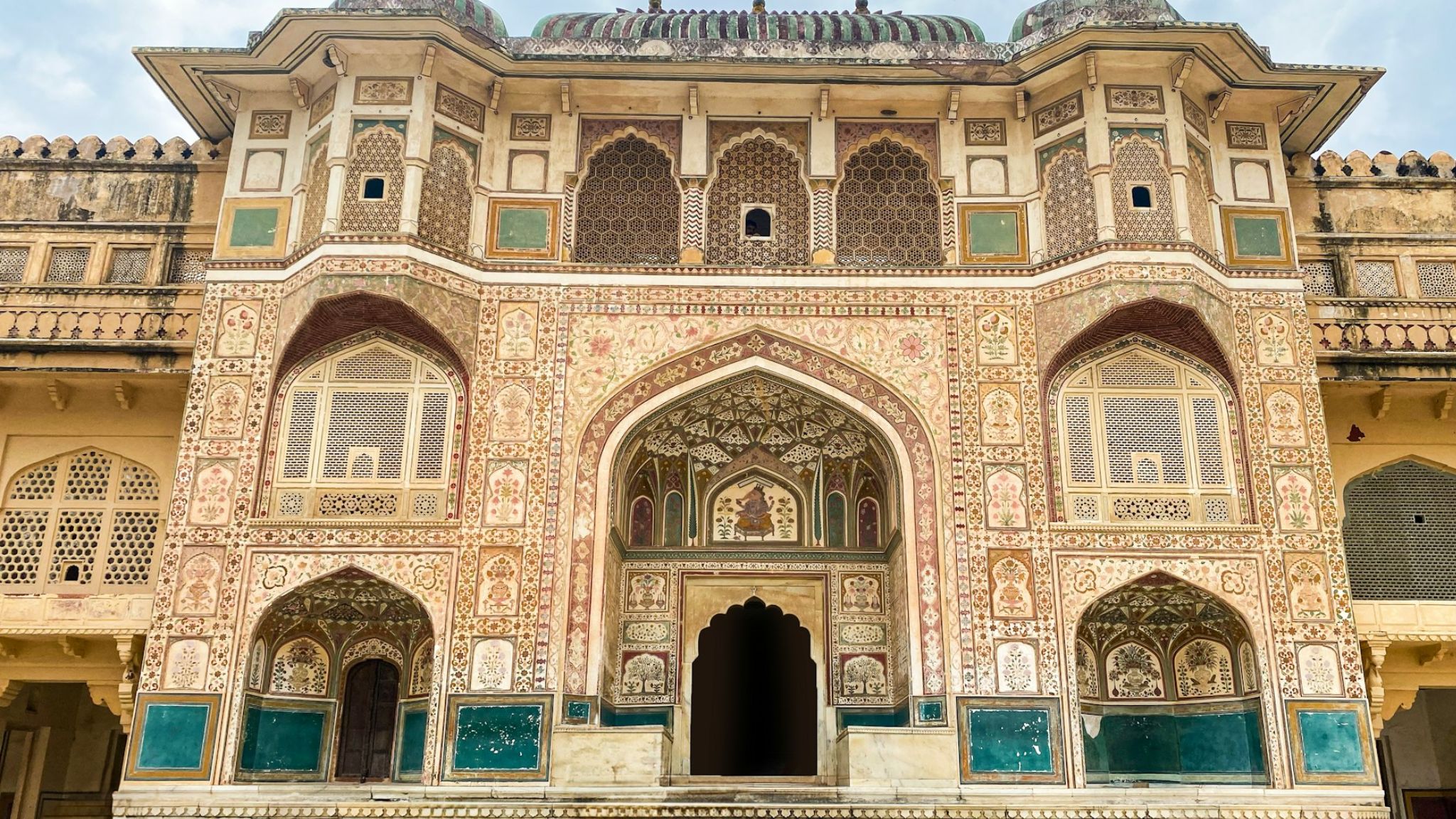
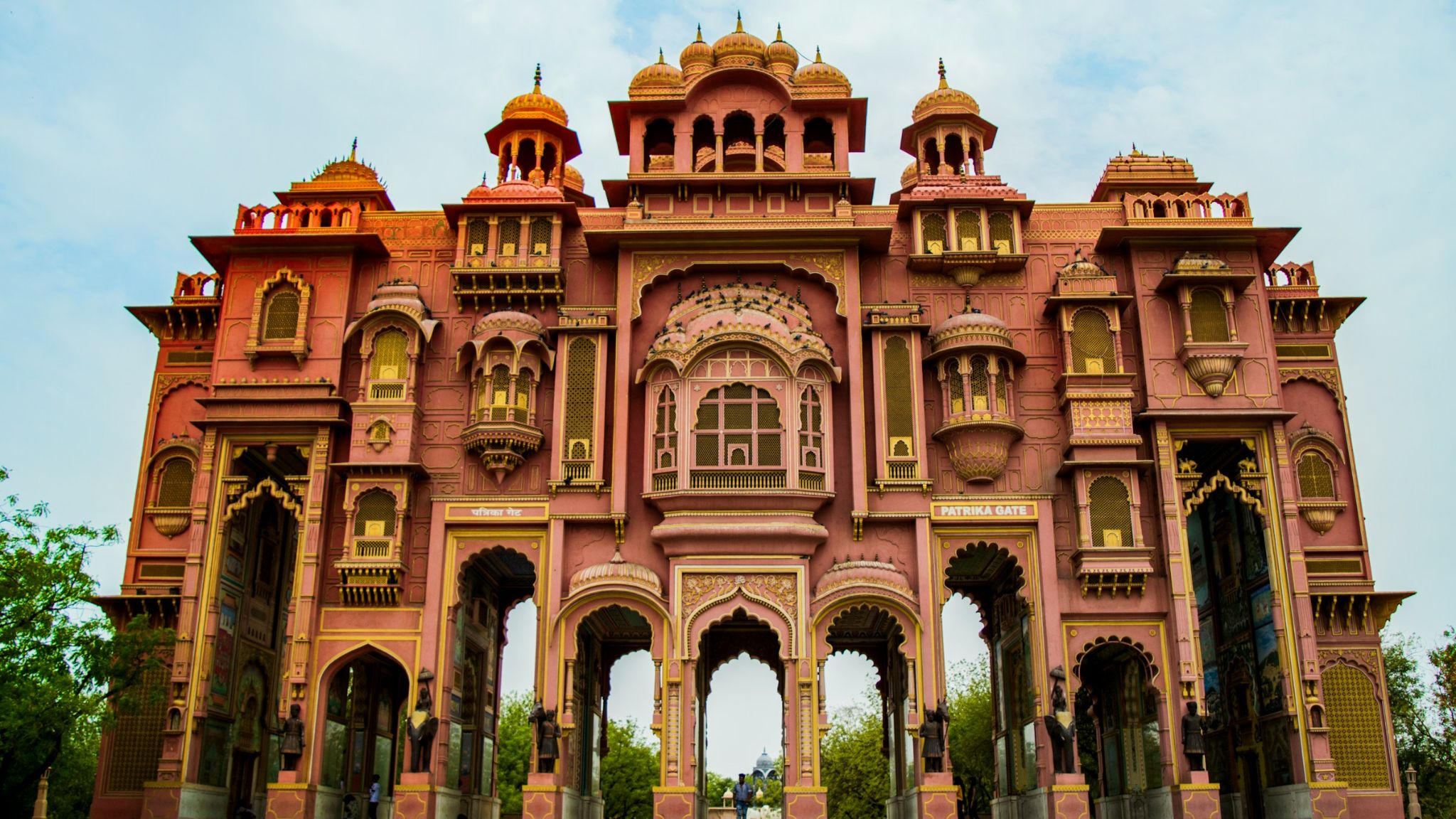
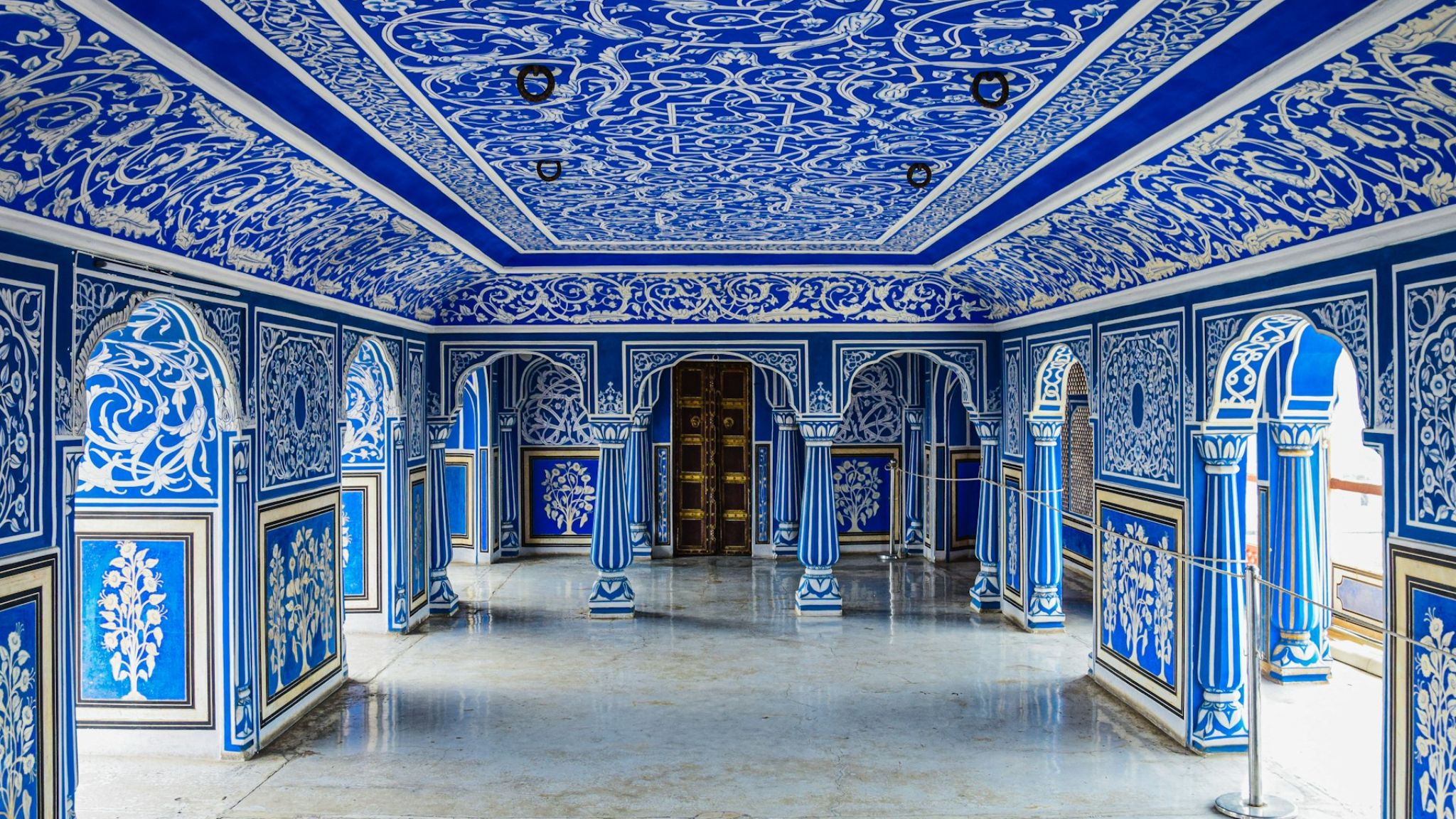


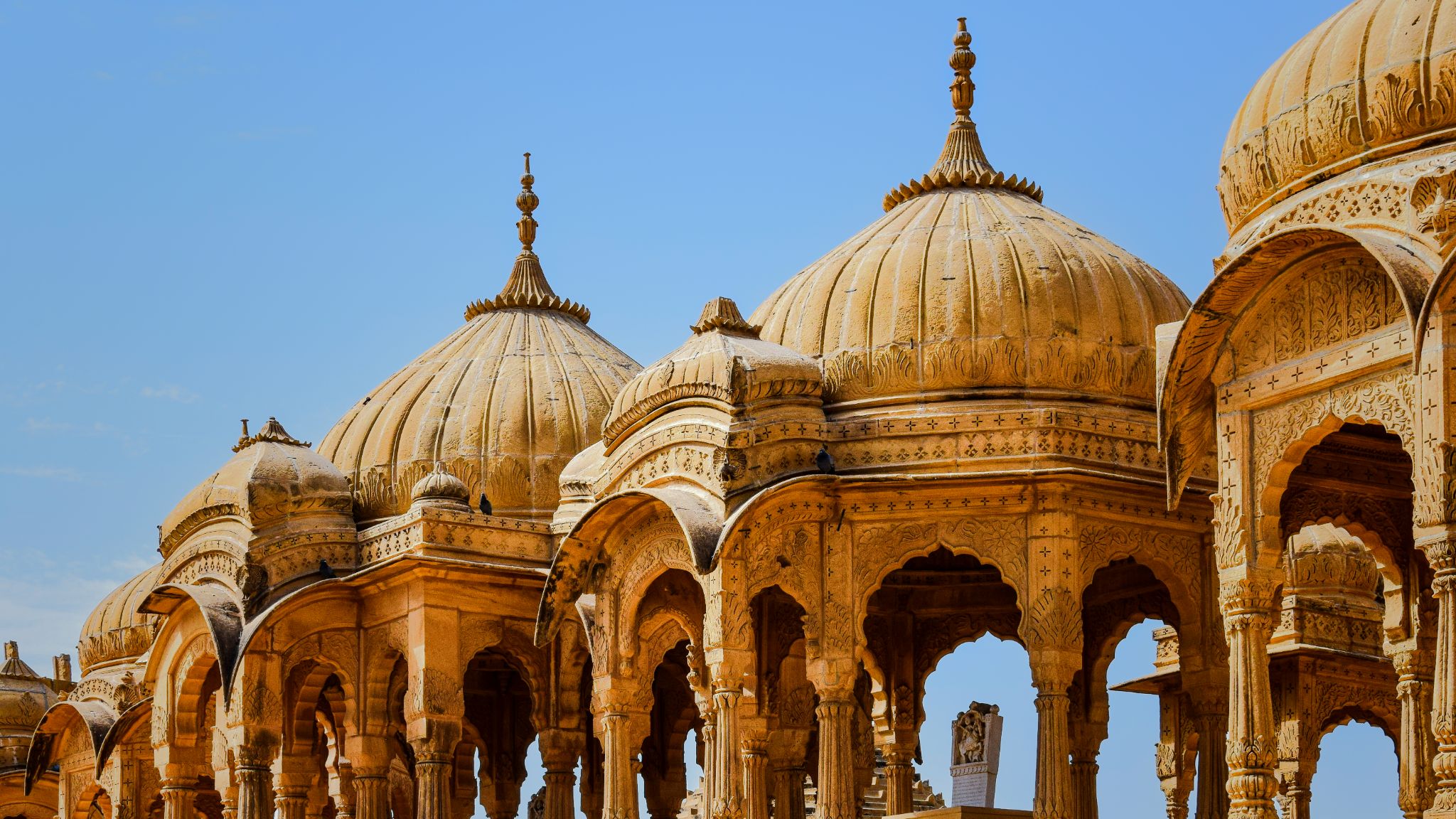
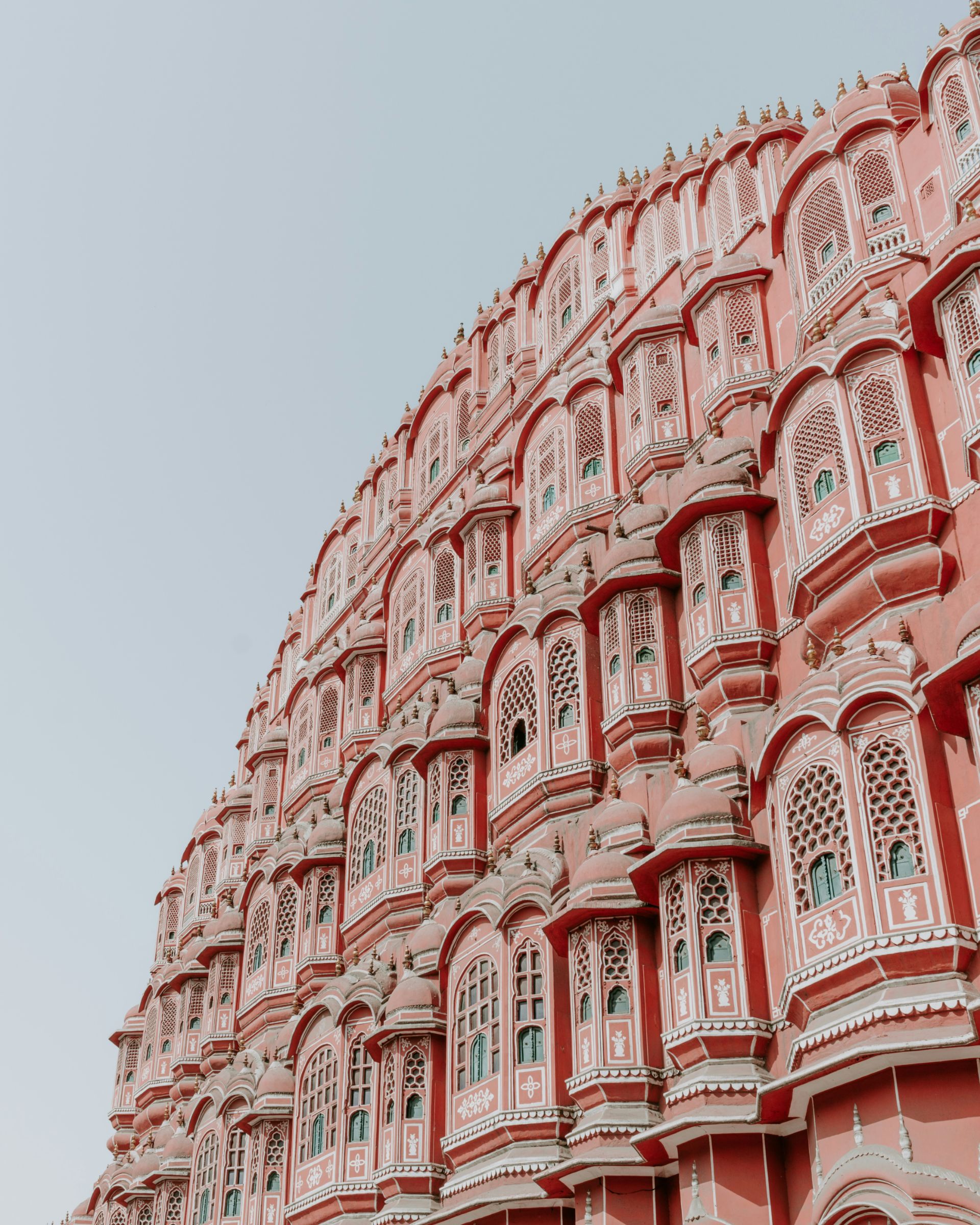


Leave a Reply